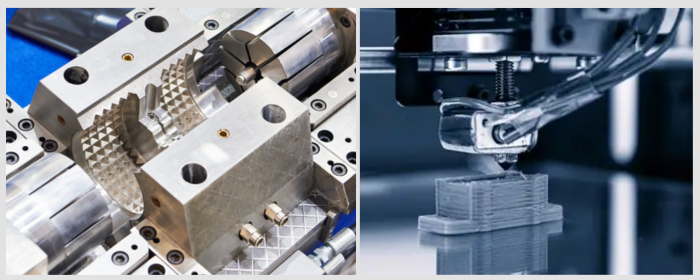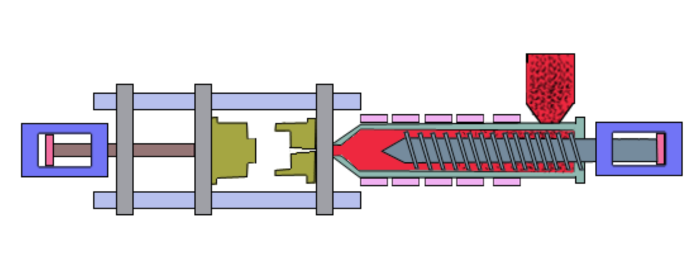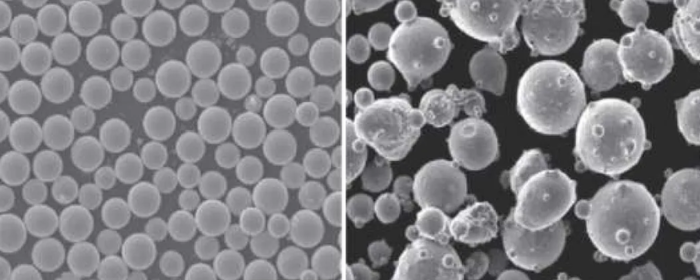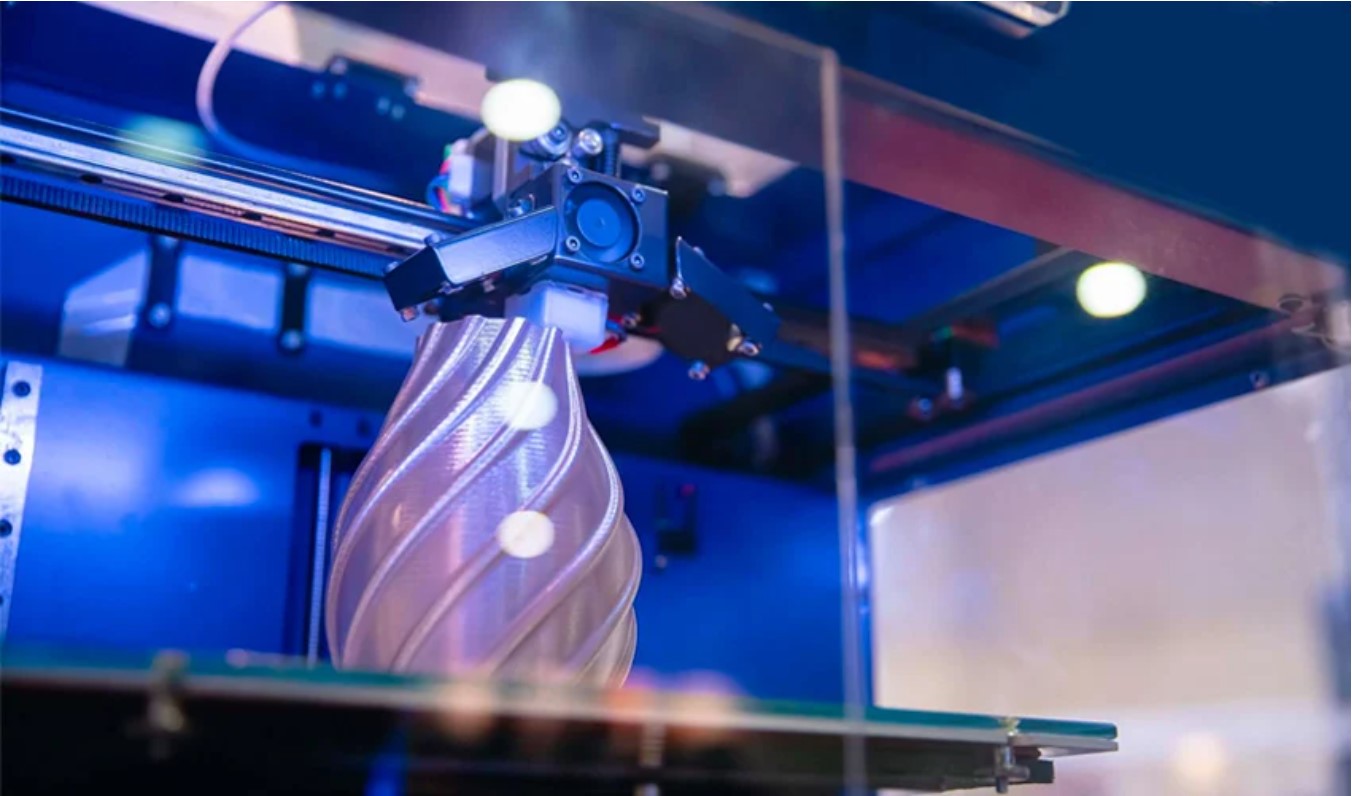

In industries dealing with lightweight aerospace, automotive, and electronics, the use of performance and efficiency is improved owing to the lightweight materials. At the present day, powders of aluminum and magnesium are two popular choices for such purposes due to their low density with promising mechanical properties. Confronted with these two lightweight metal powders, how will you choose the right option? Let's find out the differences between the two metal powders.
Magnesium is one of the lightest structural metals, having a density of ~1.74 g/cm³, while that of aluminum is around 2.70 g/cm³; thus, magnesium is about 35% lighter than aluminum. That being said, if weight reduction becomes an issue in your production process, then magnesium powder is certainly a better option.
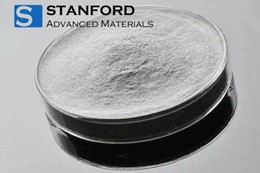
Fig 1. Nano Al Powder
While magnesium is lighter, aluminum tends to exhibit superior tensile strength. Common aluminum alloys (such as 7075Al, and 6061Al), especially aluminum alloys used in aerospace and industry, can have a strength of up to 600 MPa. Therefore, aluminum alloy powders are generally more suitable for high-order structural integrity applications. Magnesium alloy powder, while strong enough, is more brittle compared with aluminum and may not perform quite as well under higher stresses.
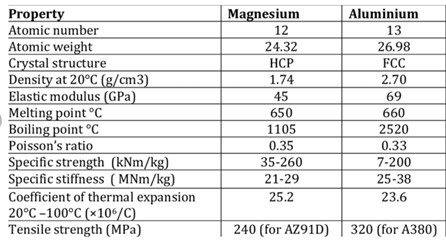
Fig 2. Properties of Mg, Al[1]
Aluminum actually has a lower strength-to-weight ratio than magnesium, primarily due to density and material structure, but despite this, aluminum is generally stronger in absolute terms.
One of the most valuable assets of aluminum powder is the thin oxide layer that forms naturally on its surface, giving it terrific resistance to corrosion in most environments. Because of this very property, aluminum becomes ideal for applications that have to face harsh weather conditions or moisture.
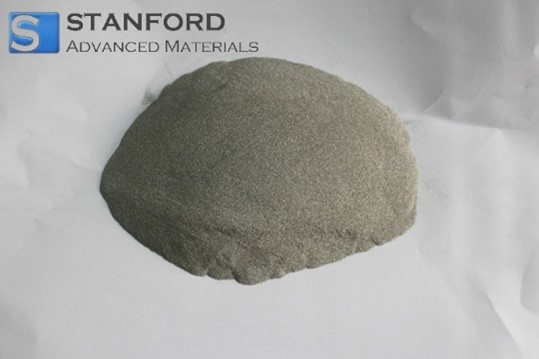
Fig 3. Nano Magnesium Powder
Magnesium powder is, on the other hand, much more readily especially in saltwater or high humidity. Its oxide layer is somewhat unstable, requiring protective coatings or special treatments that improve its resistance in corrosive conditions.
Aluminum powder generally is easier to process with many techniques, including additive manufacturing, powder metallurgy, and casting. It is easily malleable and ductile, therefore, versatile in handling to form complex shapes. In general, it may be easier to handle high-temperature processes.
Magnesium powder is more difficult to process because it is flammable and has a lower melting point. Generally, aluminum has a flash point of 2072°C, while magnesium has a flash point of 473°C, which makes it flammable and difficult to process. Manufacturing processes will have to involve specific precautions against combustion. Moreover, magnesium is not as easily machinable as aluminum, which can also raise the cost and complexity of its production.
For applications that require a balance between lightweight properties and strength, aluminum powder is ideal. Products like SAMaterials Aluminum Powder (99.9% purity) are well-suited for applications in automotive, aerospace, and electronics due to their excellent strength and corrosion resistance.
When maximum weight savings are required, magnesium powder is the top choice. SAMaterials Magnesium Powder (99.9% purity) is perfect for applications where low density is more important than strength or corrosion resistance, such as in consumer electronics and lightweight components.
Table 1. comparing the advantages, disadvantages, and applications
.png)
When choosing between aluminum and magnesium powders for lightweight applications, the decision depends on the specific requirements of the project. If weight reduction is the primary concern, magnesium powder offers significant advantages. However, for a balance between strength, corrosion resistance, and ease of processing, aluminum powder is the better option. Both materials have their strengths and are best suited for different types of applications.
Stanford Advanced Materials (SAM) is dedicated to the research and development of spherical powder technology. We supply a variety of 3D printing metal powders, refractory metal powders, titanium, aluminum, stainless steel, cobalt, chrome, nickel, copper, etc. If you are looking for high-quality additive manufacturing materials, please get a quote.
[1] Devarakonda, Sameer Kumar. (2015). Magnesium and Its Alloys in Automotive Applications – A Review. American Journal of Materials Science and Technology. 4. 12-30. 10.7726/ajmst.2015.1002.

